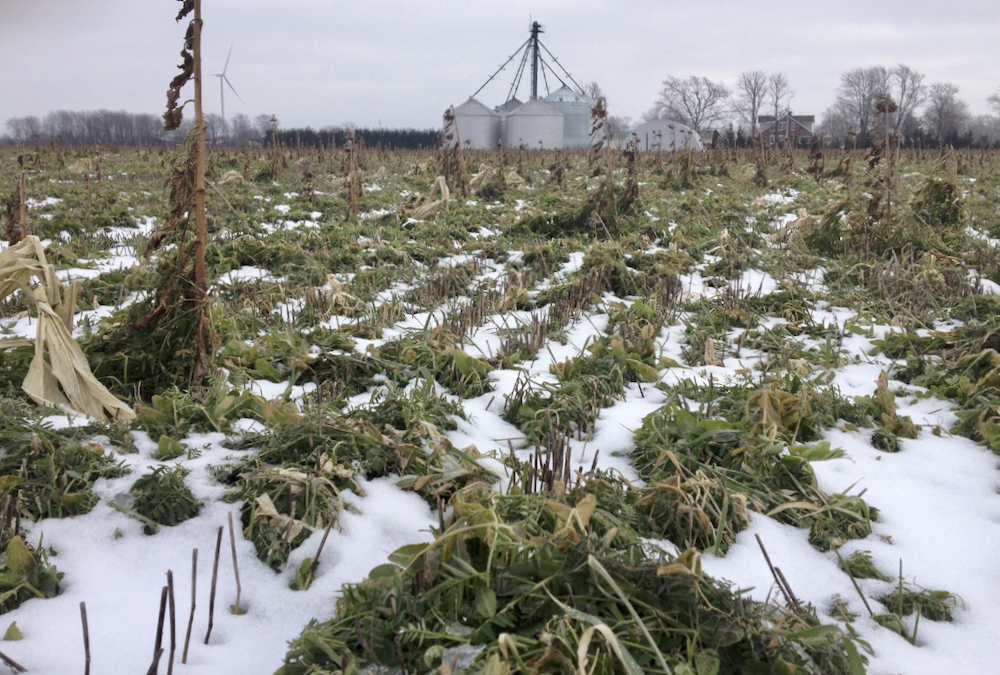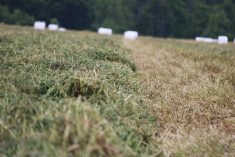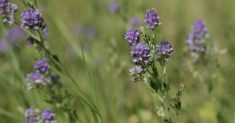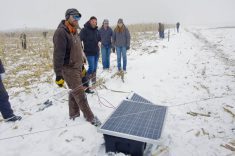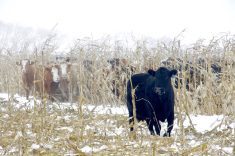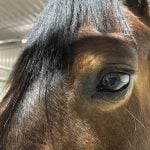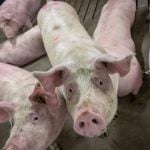A platform to connect livestock farmers and crop farmers with land they’d like grazed will go live early in the new year, says the Manitoba Organic Alliance (MOA).
The group is teaming up with the Manitoba Forage and Grassland Association (MFGA) to launch the online platform, but all producers are welcome to use the service, said Karen Klassen, MOA’s program director.
“We just know at MOA that this is a great fit for our grain farmers,” Klassen said.
The site, which is still under construction, is based on the South Dakota Grazing Exchange’s model. That site allows livestock and crop producers to place a pin on the map indicating where their farm is, and to set up a profile that lists what they have and what they’re looking for.
Read Also
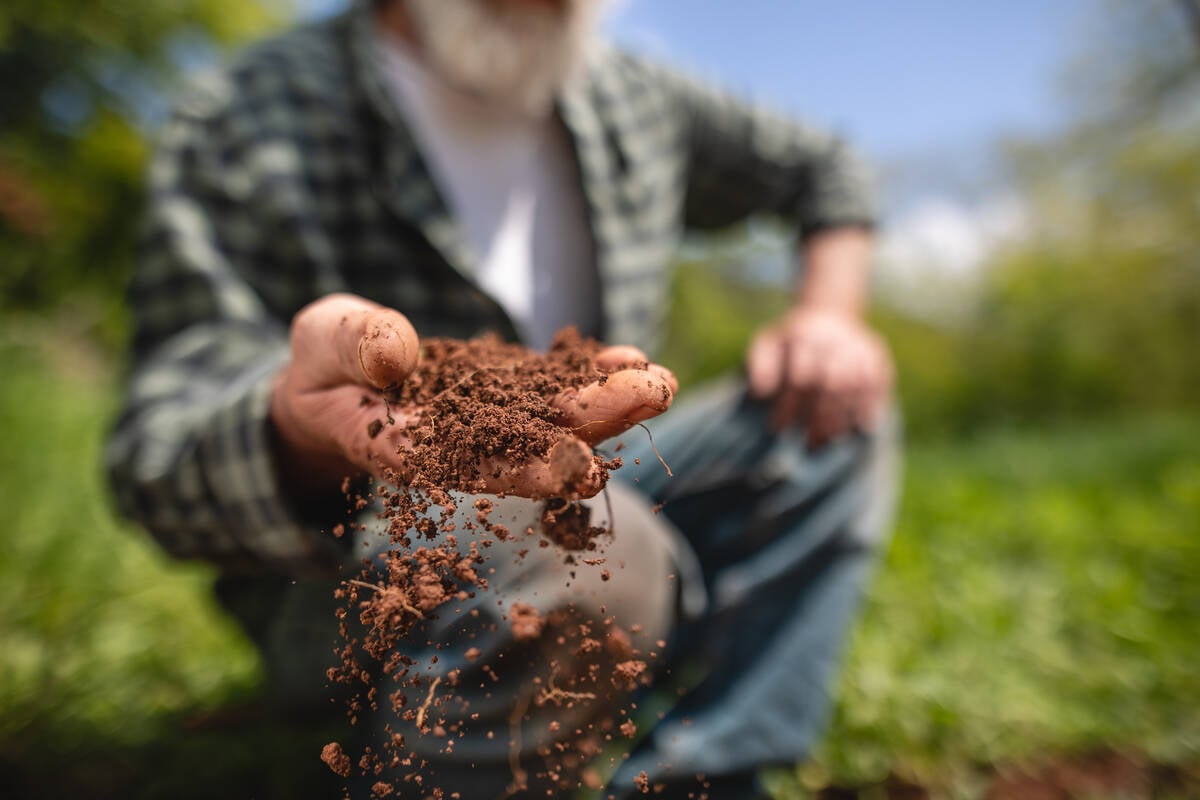
Finally getting paid for sustainable farming?
Alberta project says they might have a line on a workable ecosystem credit model to reward farmers for sustainability, and Manitoba might be next
Producers can then search the map for a grazing opportunity, or producer in need of grazing land in their area, Klassen explained.
Most organic producers include cover crops and ‘green manures’ in their rotation. Grazing these is “a great way for us not to have to till,” Klassen said.
On her farm, she’s teamed up with a neighbour to graze his cattle on her land. The cattle eat or trample the green manure and turn it into ‘brown manure.’ What’s left over is enough to catch snow.
Klassen added that many farmers don’t have access to the large quantities of manure they’d need for their organic fields.
Meanwhile, 2021 showed how valuable a lush cover crop can be to a livestock producer.
“It’s beneficial for me to have (cattle) on the land, and it was definitely beneficial for him as well to have really nutritious, healthy food for his cattle in a drought year where almost everything else was drying up,” Klassen said.
“I don’t want to have livestock, so this is like the perfect way to get livestock back on the land without having to become a livestock farmer.”
Producers who are interested can contact MOA for more information at [email protected].


